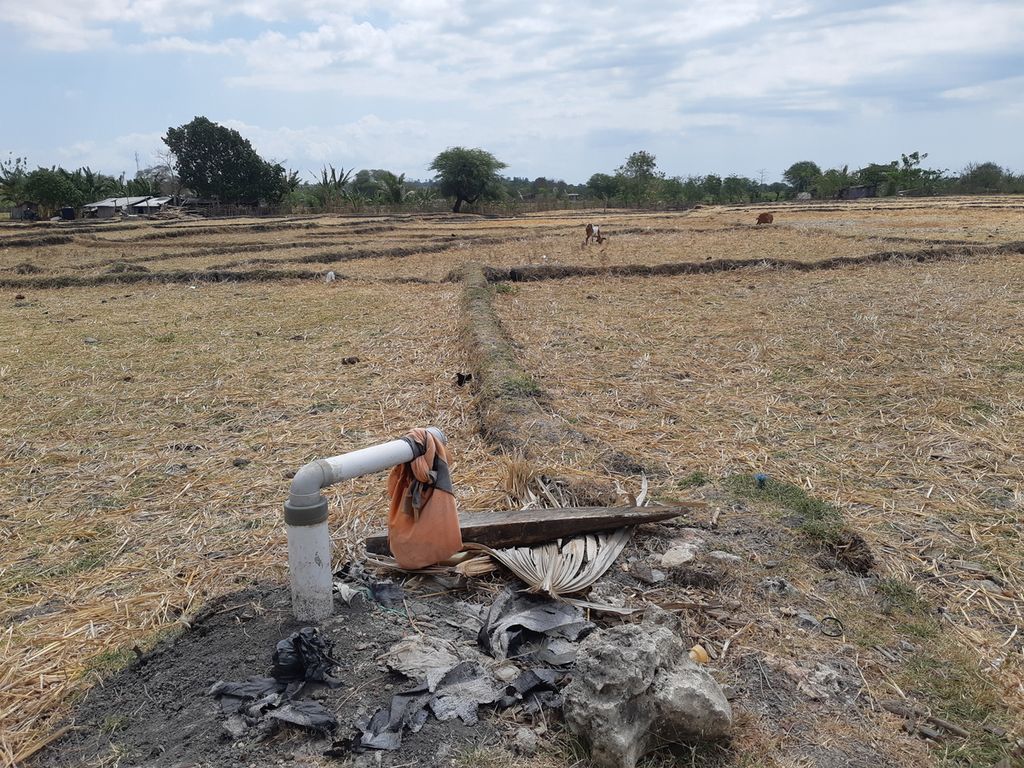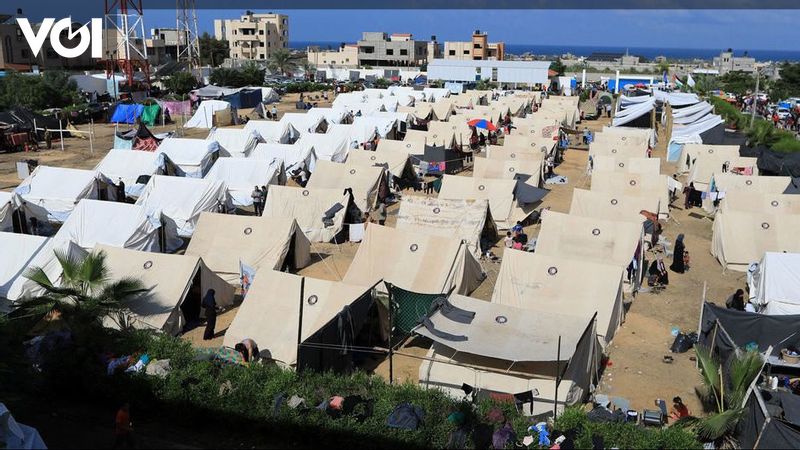Drawing
Climate change has a negative impact on health. This impact, among others, has been noted by Médecins Sans Frontières (MSF), as an international humanitarian health organization, on the people they care for in more than 70 countries around the world.
For example, this year the devastating Cyclone Mocha hit Myanmar and Bangladesh and destroyed not only communities, but also refugee camps. In recent years, we have also witnessed devastating typhoons, such as Haiyan (2013), which hit the central Philippines and caused significant flooding in Indonesia. This flooding submerged homes and destroyed properties.
However, the climate crisis is not limited to typhoons and super typhoons. July 2023 has been recorded as the hottest month on planet Earth in the last 174 years. This led to wildfires in Canada and significant heat waves in France, Spain, Germany, Poland and Italy. Apart from this, there is also a marine heat wave along the coasts from Florida to Australia.
In short, this meteorological phenomenon is occurring all over the world with greater frequency and impact.
Climate change has other impacts on health, including disease.
Although these weather events are the most obvious impacts, climate change has other impacts on health, including disease. MSF responds to high levels of vector-borne diseases, such as insects or other living organisms, food-borne diseases and water-borne diseases in MSF projects. This is worrying because the disease is expected to increase as the climate crisis intensifies.
It is estimated that there will be 15 million additional cases of malaria each year, with 30,000 associated deaths, on top of what we are currently seeing.
An estimated one billion people will be affected by dengue fever, not only in the Asia-Pacific region, where the disease is more prevalent, but also around the world. European Union officials recently warned that there is an increased risk of mosquito-borne viral diseases, such as dengue and chikungunya, in Europe due to climate change.
MSF has also noted cholera outbreaks in at least 30 countries. Although it is caused by many factors, climate change is one of the causes.
Climate change is also linked to food insecurity and malnutrition. With extreme weather events such as heatwaves and increased precipitation, droughts and floods impact farming and fishing communities. Of course, this affects everything from crop yields, to the animals that work the land, to the number of fish caught.
The condition of uncultivated rice fields due to drought hit the agricultural areas of Oebelo Village, Kupang Regency, East Nusa Tenggara on Tuesday (03/10/2023).
Spread of disease
The impacts of climate change do not stop there. Other impacts include the spread of non-communicable diseases; issues of unwanted displacement and immigration; and the emergence of social conflicts.
All of these problems are likely to get worse over time if we do not act immediately.
This impact is visible in the treatment of patients in the most vulnerable communities. However, even though it has done its best, MSF still sees enormous needs.
From the Asia-Pacific to the Middle East, African countries and resource-constrained countries will suffer the worst impacts of the climate crisis. Rohingya patients in Cox’s Bazar, Bangladesh, who have endured decades of persecution and the burden of being detained in the world’s largest refugee camp, are also repeatedly threatened by floods and typhoons.
MSF patients in the island nation of Kiribati face climate and environmental changes that reduce their livelihoods and increase their risks of disease.
The danger alarm has been triggered. MSF is aware of the enormous need caused by the climate crisis and is concerned that this need exceeds the humanitarian organization’s capacity to respond.
The countries most responsible for global warming reaching 1.2 degrees above pre-industrial levels should help those most affected.
The countries most responsible for global warming reaching 1.2 degrees above pre-industrial levels should help those most affected. These countries must provide financial and technical support to the most vulnerable.
Governments of countries most affected by climate change, particularly in the Asia-Pacific region, must also compel major polluting countries to help them mitigate and manage the impacts of climate change. They must also implement positive policies and actions against climate change to address and reverse its impacts.
At recent meetings, G20 countries committed to greener health systems that are more resilient to climate change. ASEAN, which includes five of the world’s 20 most at-risk countries, has announced an ambitious strategy to work towards carbon neutrality. The COP28 agenda also places greater emphasis on health, aid and disaster response.
The commitments are ambitious. Countries in this region must also achieve this and take concrete measures. We have exceeded the limits and decisive action must be taken immediately.
The climate crisis requires a whole-of-society approach. Society and organizations also need to understand that our own behavior is part of the problem. We must respond together, in solidarity with all citizens of the world, for the sake of our health.
Also read: The climate crisis impacts the mental health of the younger generation
Maria Guevara International Medical Secretary of Médecins Sans Frontières

“Professional communicator. General music practitioner. Passionate organizer. Evil twitter fan.”







